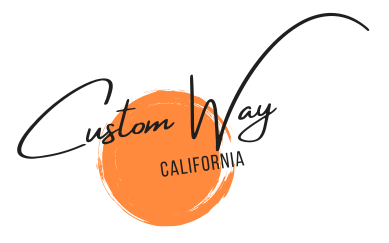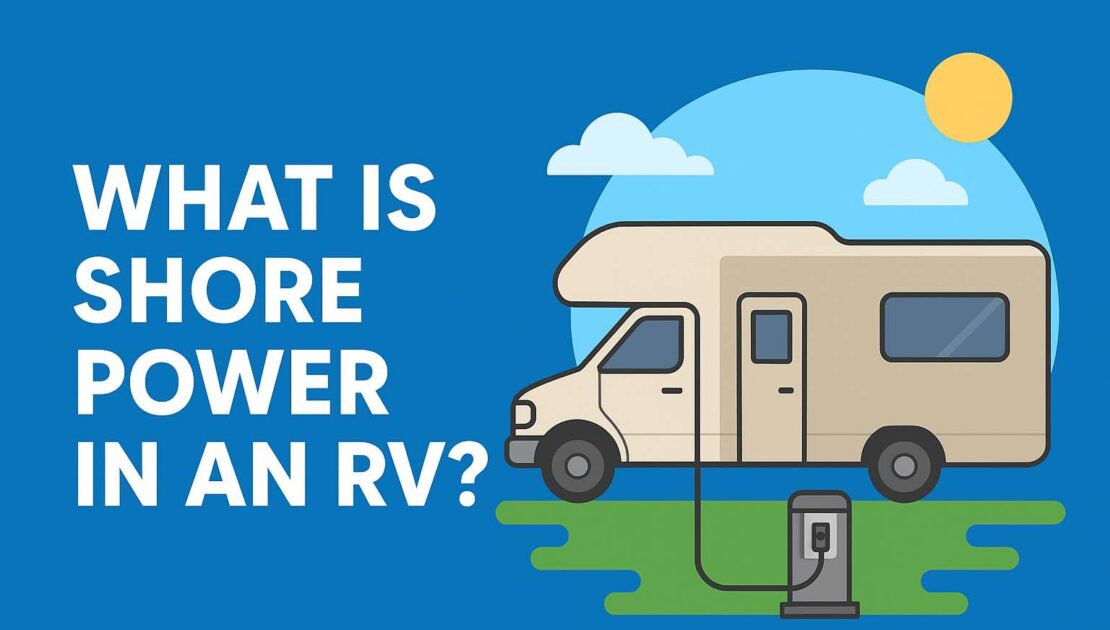If you’re new to RVing, you may have heard the term “shore power” and wondered what it really means. Simply put, shore power is the ability to connect your RV to an external electrical source—much like plugging a house into the power grid. This connection allows you to run appliances, charge your RV batteries, and enjoy all the comforts of home without relying on a generator or solar panels.
How Shore Power Works
When you pull into a campground or RV park, most sites provide electrical hookups. These outlets typically come in three standard options:
-
30-amp service – common for smaller RVs and travel trailers.
-
50-amp service – designed for larger RVs with multiple appliances running at once.
-
15/20-amp service – similar to a standard household outlet, usually enough for light use.
Your RV connects to the pedestal with a heavy-duty power cord. Once plugged in, your onboard electrical system distributes the power to outlets, appliances, and the converter, which charges your batteries.
Benefits of Shore Power
-
Unlimited power – Run air conditioning, microwaves, TVs, and other energy-hungry devices.
-
Battery charging – Keeps your RV’s batteries topped up while you’re parked.
-
Quiet camping – Unlike generators, shore power provides silent electricity.
-
Convenience – No need to ration energy as you might with solar or battery-only setups.
Things to Keep in Mind
-
Use a surge protector – Protects your RV from electrical spikes and campground wiring issues.
-
Check the amperage – Plugging into the wrong service can damage your RV’s system.
-
Adapters may be needed – For example, plugging a 30-amp RV into a 50-amp outlet.

